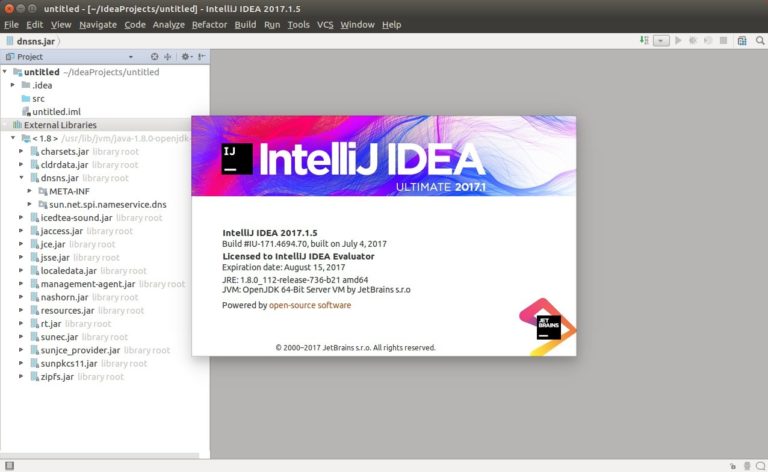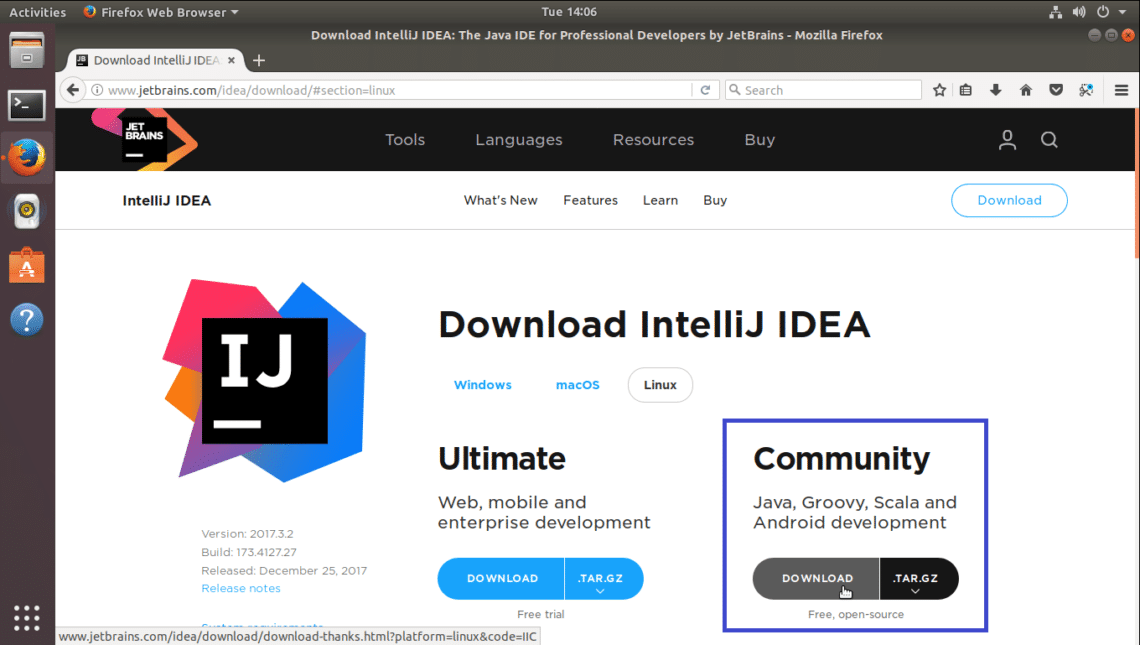


Give it a title if it doesn’t have one already. Paste your copied public key into the Key field.Visit the CSE GitLab SSH keys settings page. Open a terminal on Linux or macOS, or Git Bash on Windows (which comes with the Git installation).If you already have an SSH key pair, you can use that if you prefer. SSH keys fill the same role as a username and password, but they are very long and randomly generated. You will need to generate SSH keys to use the CSE GitLab. Users of Unix-like operating systems can generally install git from their package manager (the package is usually just named git). Otherwise, you will see a help message if git is successfully installed. If you get a download prompt, follow the prompt.

Type git into the terminal and hit Enter. MacOS generally comes with Git included, but sometimes there might be an extra download step.įrom Finder, navigate to Application | Utilities | Terminal. If you do intend to change any preferences, make sure to leave Configuring the line ending conversions to the default option, Checkout Windows-style, commit Unix-style line endings, to ensure compatibility with our Linux-based (Unix-style) autograders. You can choose different settings if you have a particular preference. You can grab the latest version from Git’s official Windows release download page and follow the installation wizard afterwards.Īll of the default settings are acceptable for this course. Windows users must download and install Git manually. Keeping your repo backed up on CSE GitLab not only makes it convenient to find past versions of your work in case your computer crashes, but it also simplifies the process for turning in projects and allows you to collaborate with others. In this course, we will be using CSE GitLab, a CSE-supported alternative to GitHub, which you may have heard of before. Every student in this course gets their personal repository (repo), in which all code and its history are stored. A VCS allows us to not only see changes from old code, but also revert back to older versions and manage many different team members contributing to a project at the same time.

Git is a version control system (VCS), a tool for tracking changes between versions of code and sharing those changes with other people.


 0 kommentar(er)
0 kommentar(er)
